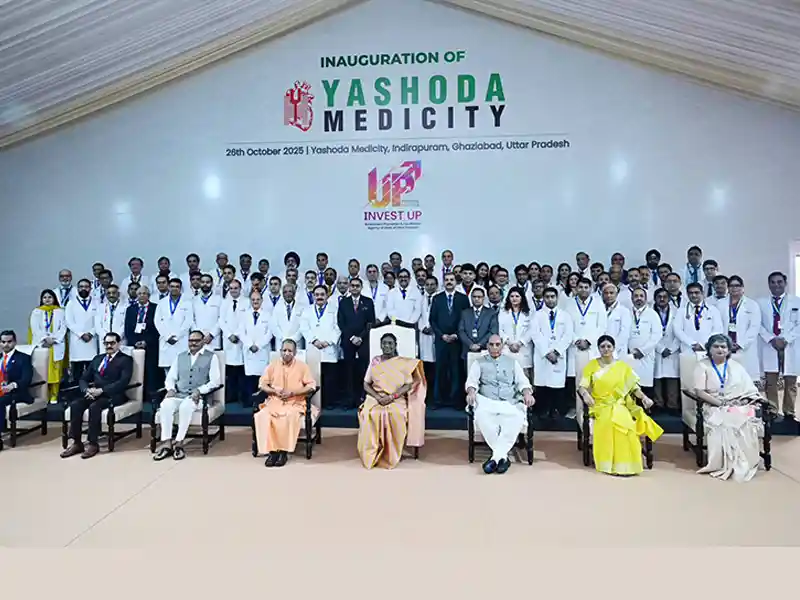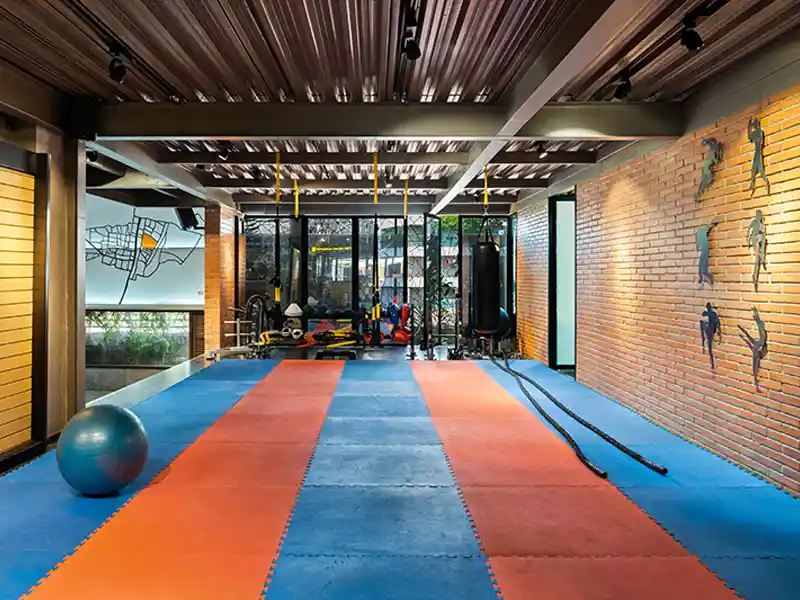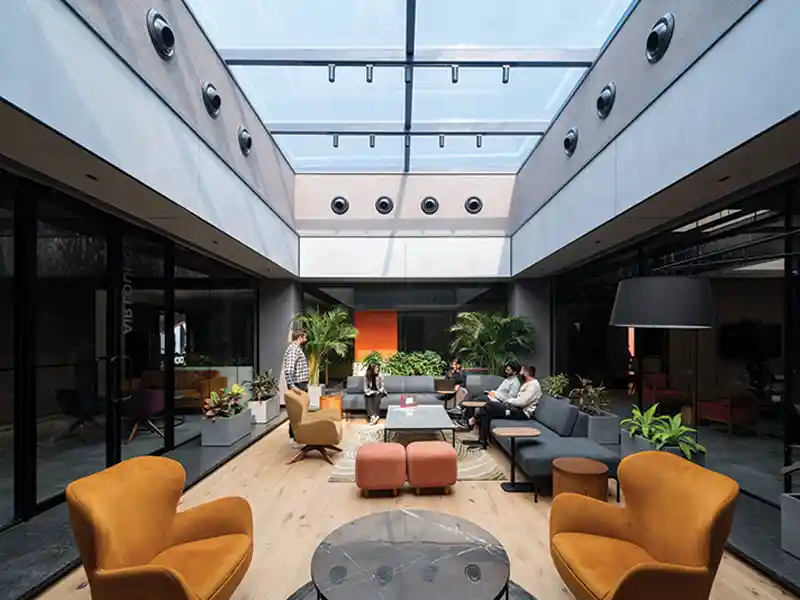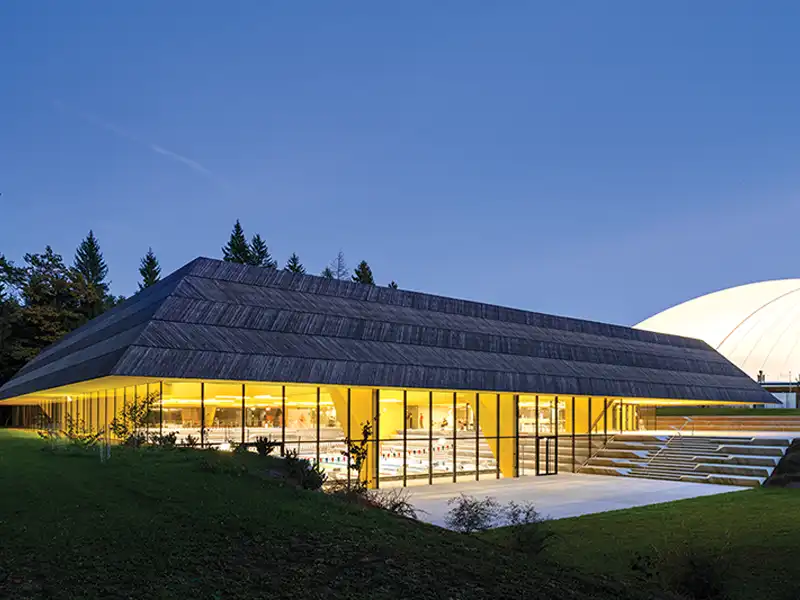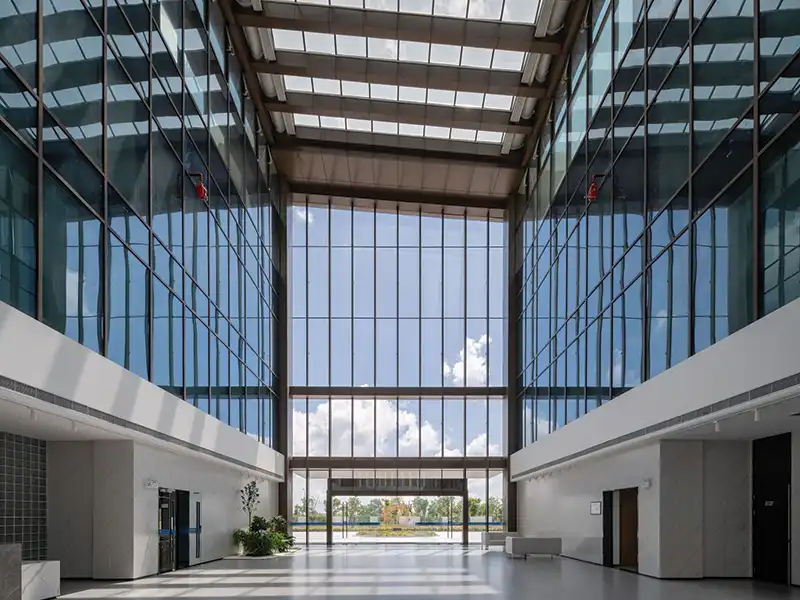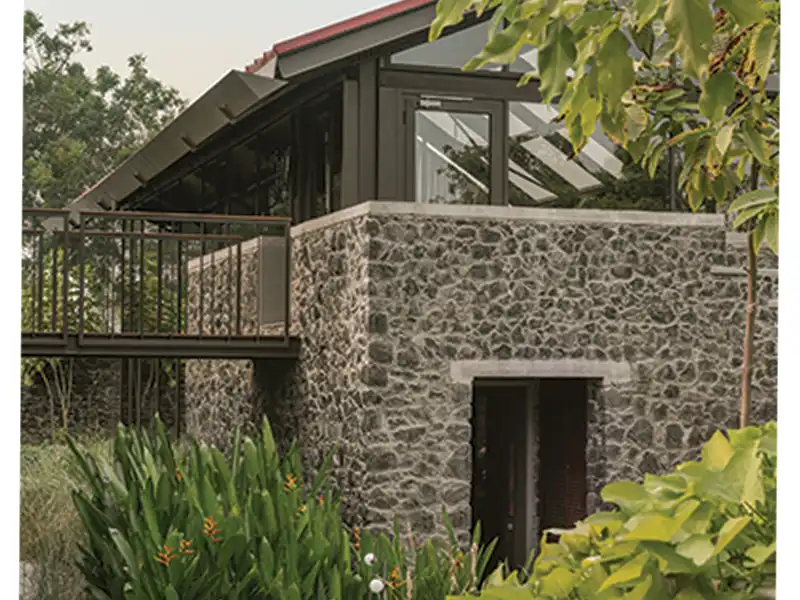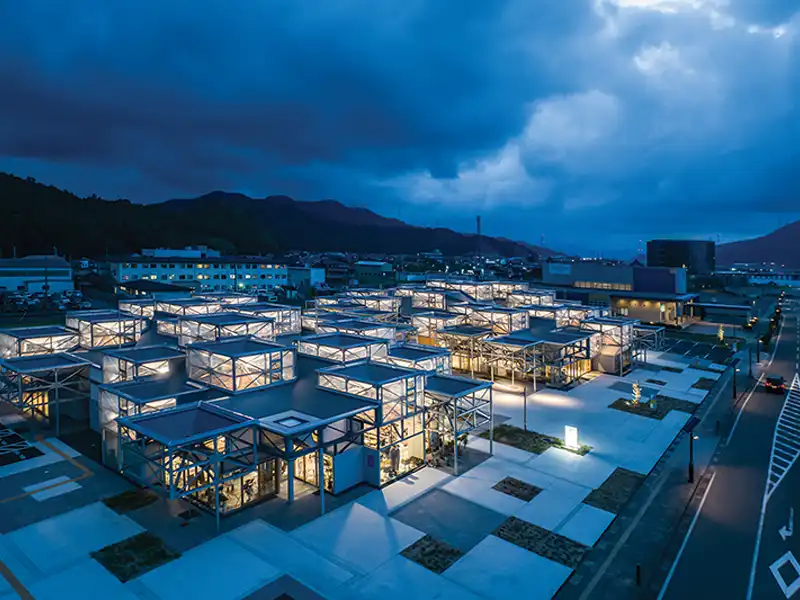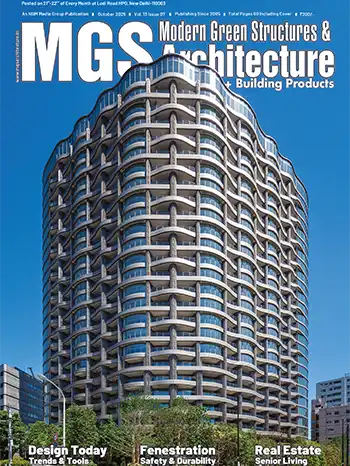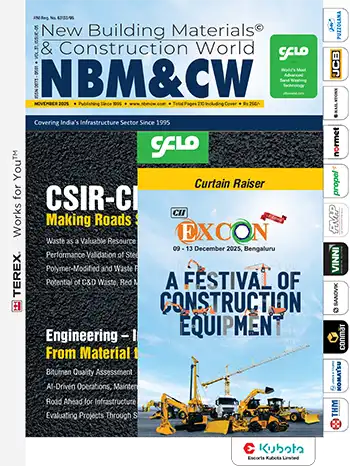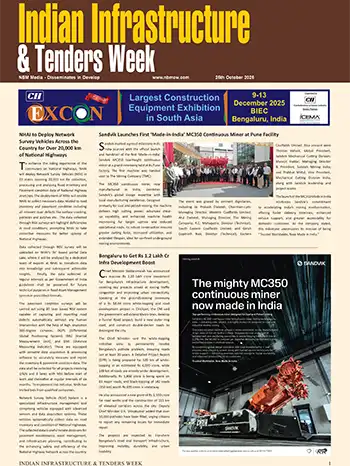
“Our design process often begins not with how a space should look, but with how it should feel, how it will adapt over time, and how it can best serve those who live in it. This sensitivity informs the way we select and apply materials, choosing elements that perform across climates, contexts, and generations,” asserts Architect Abhilasha.
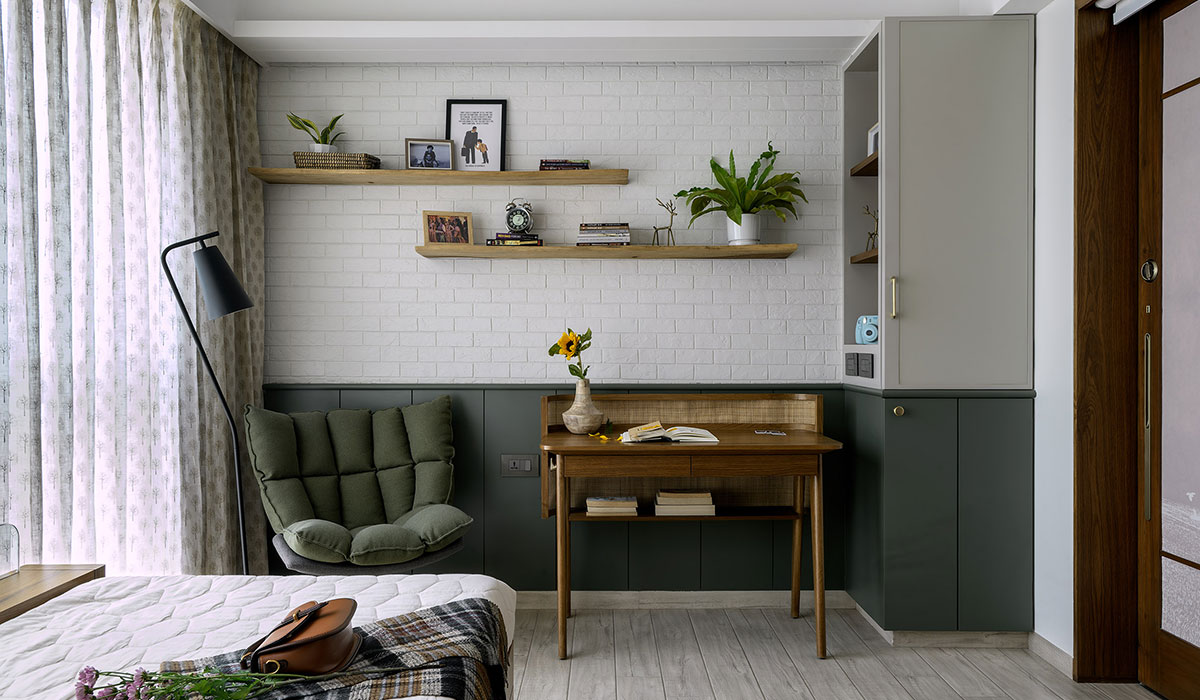
A key pillar of our philosophy is integration over application. For us, materiality is not an afterthought—it is a structural, spatial, and emotional decision. Whether it’s UV- and soundproof laminated glass to regulate thermal comfort and acoustic quality, or courtyard-based layouts that invite natural light and ventilation, we design interiors that reduce mechanical dependency and offer sensory richness.
“We also lean into materials that support sustainable durability—ones that not only last but require minimal upkeep. Recyclable cladding materials, natural stone, and textured veneers are some of the ways we ensure that our spaces age gracefully and remain easy to maintain over time. Our interest lies in materials that tell a story—not just visually, but functionally,” adds Architect Pathik.

One such innovation we frequently employ is the use of thin porcelain tiles (Techlam, 3mm–5mm) for kitchen shutters and cabinetry. These ultra-slim, high-performance tiles are ideal for modular use. They’re moisture-resistant, stain-proof, and thermally stable, making them perfect for high-use areas like kitchens. Their lightweight profile reduces structural load and raw material usage while still offering a clean, monolithic aesthetic. It’s a fine balance between visual refinement and functional intelligence.
But material innovation isn’t always visible. Sometimes, it lies in the way light is layered or how modular furniture systems transform static rooms into dynamic, responsive environments. A mirror, a shelf, or even a threshold becomes a design device—adding flexibility and emotional resonance to everyday experiences.
Importantly, we see a clear shift in the industry—from design as an artistic pursuit to design as a form of ethical responsibility. Today, every material choice carries weight—not just in terms of carbon footprint, but in how it shapes user behavior and well-being.
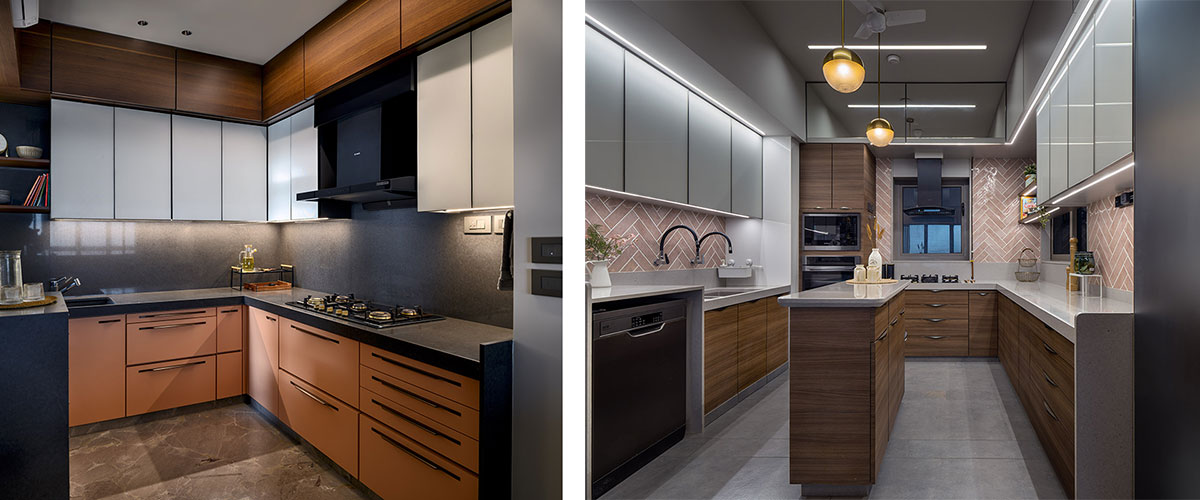
As designers, we remain curious. We ask: Can this material do more? Can it support change, invite nature, or reduce waste? And with each answer, we find ourselves refining a practice that is as much about the future of living as it is about the beauty of space.
Perhaps material innovation isn't about what’s next—it’s about what’s needed. And that is a conversation we’re always willing to keep open.


